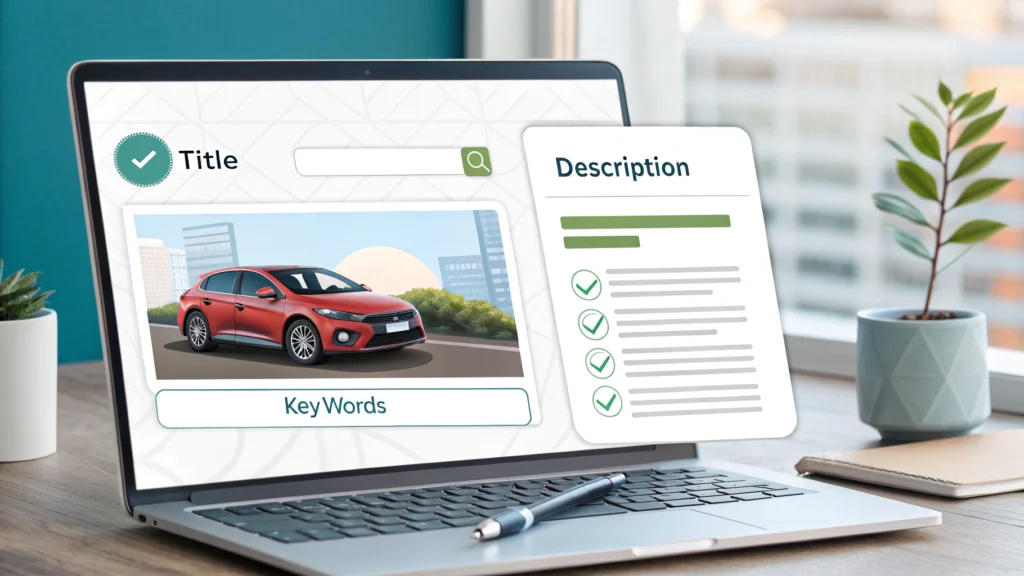Introduction
In the world of web development, SVGs (Scalable Vector Graphics) have become a staple for creating sharp, scalable graphics. In this series, Smashing Animations, we dive into using SVGs effectively. In Part 5, we will focus on building adaptive SVGs utilizing the <symbol> and <use> elements alongside CSS media queries. This combination not only optimizes your graphics for different screen sizes but also enhances performance.
What Are SVG Symbols?
The <symbol> element allows you to define reusable graphics that can be utilized throughout your SVG files. This is particularly useful for icons and other graphic elements that maintain a consistent look across your website.
Benefits of Using SVG Symbols
- Reusable: Define once and use multiple times.
- Performance: Reduces file size and number of requests.
- Scalable: Maintains quality on any screen size.
Creating Adaptive SVGs
Follow these steps to create adaptive SVGs using <symbol>, <use>, and CSS media queries.
Step 1: Define Your SVG Symbols
<svg style="display:none;">
<symbol id="icon-home" viewBox="0 0 64 64">
<path d="M32 0 L0 32 H12 V64 H52 V32 H64 Z"/>
</symbol>
</svg>Step 2: Use Your Defined Symbols
Use the <use> element to reference your symbols in the SVG:
<svg width="64px" height="64px">
<use href="#icon-home" />
</svg>Step 3: Adding CSS Media Queries
Utilize CSS media queries to adapt your SVGs based on screen size:
svg {
fill: #000;
}
@media (max-width: 600px) {
svg {
fill: #f00;
}
}
@media (min-width: 601px) and (max-width: 1200px) {
svg {
fill: #0f0;
}
}
Step 4: Testing Your Adaptive SVGs
Make sure to test your SVGs on various devices and resolutions. Tools like the Responsive Simulator can help you validate how your SVGs adapt to different screen sizes.
Code Example
Here’s a complete example of an adaptive SVG:
<svg style="display:none;">
<symbol id="icon-home" viewBox="0 0 64 64">
<path d="M32 0 L0 32 H12 V64 H52 V32 H64 Z"/>
</symbol>
</svg>
<svg width="64px" height="64px">
<use href="#icon-home" />
</svg>
FAQs
What are the advantages of using SVG over PNG?
SVGs are scalable and resolution-independent, making them ideal for responsive design. They can also be manipulated with CSS and JavaScript, providing more flexibility compared to raster images like PNG.
Can I animate SVGs?
Yes! SVGs can be animated with CSS transitions, JavaScript, or using the <animate> element within the SVG itself.
Conclusion
Creating adaptive SVGs with <symbol>, <use>, and CSS media queries is a powerful way to enhance your web projects. This method not only optimizes your graphics for various screen sizes but also improves loading times and maintains the quality of your visuals.
For more tools and resources to help streamline your web development process, check out the WebToolsLab (All Tools). Tools like the CSS Minifier and HTML Minifier can help you reduce file sizes, while the JS Minifier can optimize your scripts.
